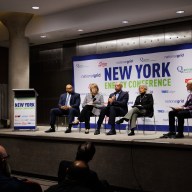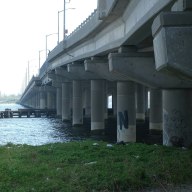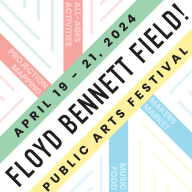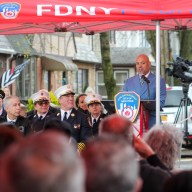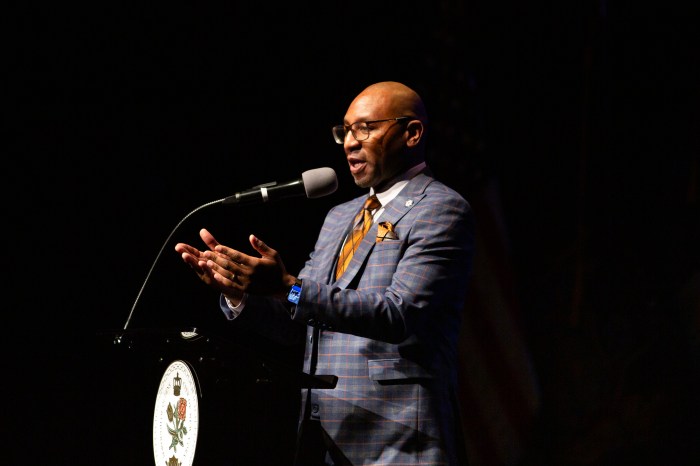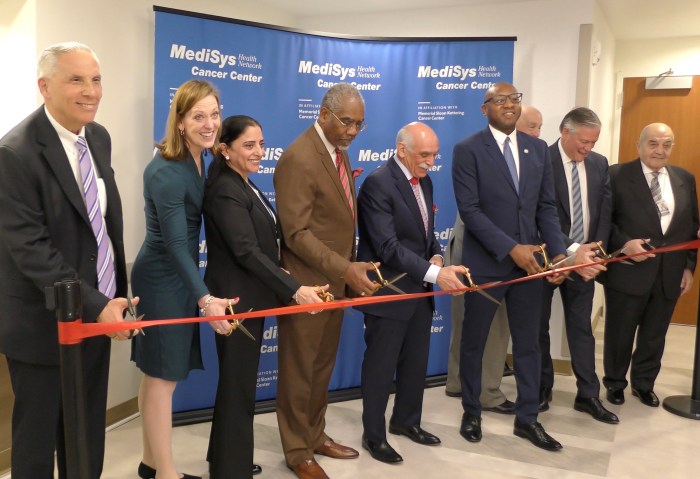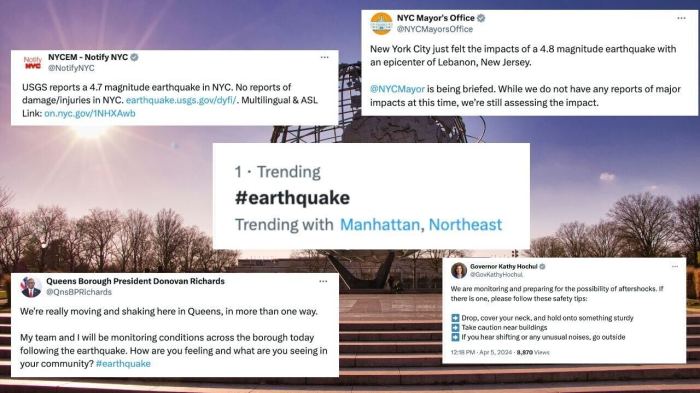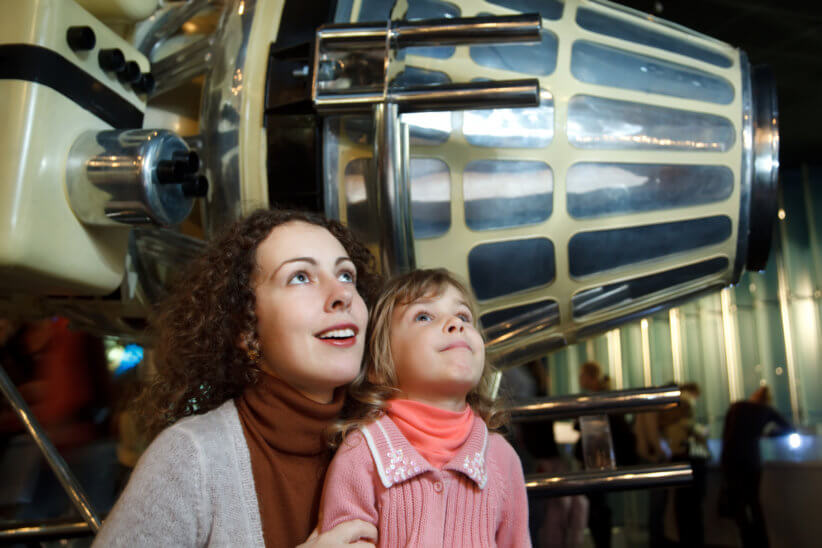By Lenore Skenazy
Charming, handsome, and homeless, the 25-year-old we’ll call Bruce decided to join me for dinner at the small Manhattan shelter where I volunteer once a month. We were both enjoying the pasta provided by another volunteer, but only one of us was drinking a $3 bottle of water.
“What?” I exclaimed when Bruce told me how much he had paid for the bottle he had bought earlier that day. “How can you possibly spend that much on water? How can anyone? Tap water is free!”
Bruce just started an $11/hour job in Brooklyn. He’s got to save up for a room, and taking out $3 chunks for a liquid that flows freely just doesn’t make sense to me. But to him? It is vital.
“This water is safe,” he said, picking up his bottle.
“So is water from the sink,” I replied.
His friend, a young woman who is also in the workforce and also homeless (we should never assume that homeless means “out of work”) stood up for him.
“The water from the tap has all sorts of chemicals in it.”
“The water in bottles is tap water!” an older shelter guest chimed in, laughing heartily.
Bruce just shrugged.
“I got to stay healthy,” he said.
So allow me, as a public service, to ask the questions that need answers, beginning with: Is bottled water really better for us than New York City tap water?
“In general, the municipal water supply of any given area has more rigorous environmental standards and controls than the water supplies used by private bottlers,” said Richard Murdocco, a columnist who writes on urban planning issues and has worked with environmental and housing groups.
What’s more, New York City’s water is not just any hometown’s H2O. It is a roaring, rushing paragon of purity, said Murdocco.
“The water supply is so pure that it went unfiltered for decades until federal law mandated New York City filter the water, a move city officials thought was unnecessary.”
So why are people afraid of it?
For starters, because bad news always gets more attention than — yawn — anything that is fine.
“Headlines [are] about bad tap water, especially in locations like Flint, Michigan,” said Jacob Hatch, author of the Hydration Anywhere blog.
People remember fuzzy factoids about plastics and pipes and toxins and leaching, but, “in general, water quality is something people know little about,” said Hatch.
With so much quasi-info floating around, we think we heard something terrible about something, not quite sure what, and we not only believe it’s true, we believe it’s going to kill us all right here, right now.
In point of fact, Hatch continued, studies show that “bottled water is not, on average, any cleaner or safer to drink than tap water.” Where bottled and tap are not equal is when it comes to polluting.
Producing a bottle of water actually uses about six times more water than is contained in the bottle itself. And then there’s the energy used to make the bottle, label the bottle, fill the bottle, transport the bottle (sometimes across entire oceans) and stock the bottle.
Then there’s our energy we burn to schlep the bottle home.
What’s more, 80 percent of the 50 billion plastic water bottles purchased in the U.S. every year do not end up recycled. Off they go to landfill. (More schlepping).
“So if you need the convenience of a water bottle,” I said to Bruce, “or if you love that particular bottle, at least reuse it. Just fill it with more water tomorrow.”
Oh, no, no.
“Refill it and the plastic breaks down and gets into your blood.”
“That’s patently untrue,” said Michael Cervin, author of “Our World of Water: The Good, the Bad & and the Ugly of Earth’s Most Critical Resource,” and blogger at This World of Water.
If you are using the same bottle for years and years, Cervin said, then yes, it can start wearing out, the way Tupperware gets tired after 10 or 15 years. But refilling it for weeks on end is no threat to anyone’s health, so long as you wash the bottle out with soap and water from time to time. Remember, Cervin added, we’re not eating the bottle, “we’re merely using it as a vessel to consume a beverage.”
I didn’t have all this info at my fingertips at the shelter, but I did have some sheets of paper, so I taught Bruce and his friend how to make an origami cup the next time they’re thirsty and don’t want to spend $3.
We filled the cups with tap water, toasted to better times, and drank deep.
Somehow, all three of us survived.
Lenore Skenazy’s show “World’s Worst Mom” debuts Jan. 22 on the Discovery Life Channel. She is also a public speaker and author of the book, blog, and Twitter feed, Free-Range Kids.








